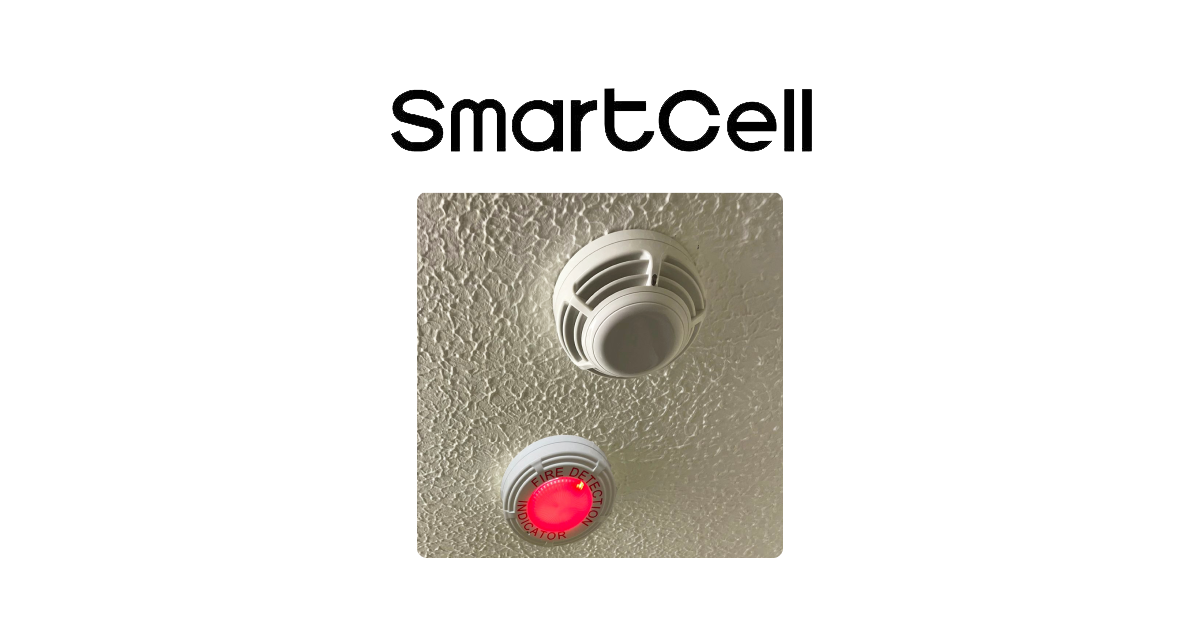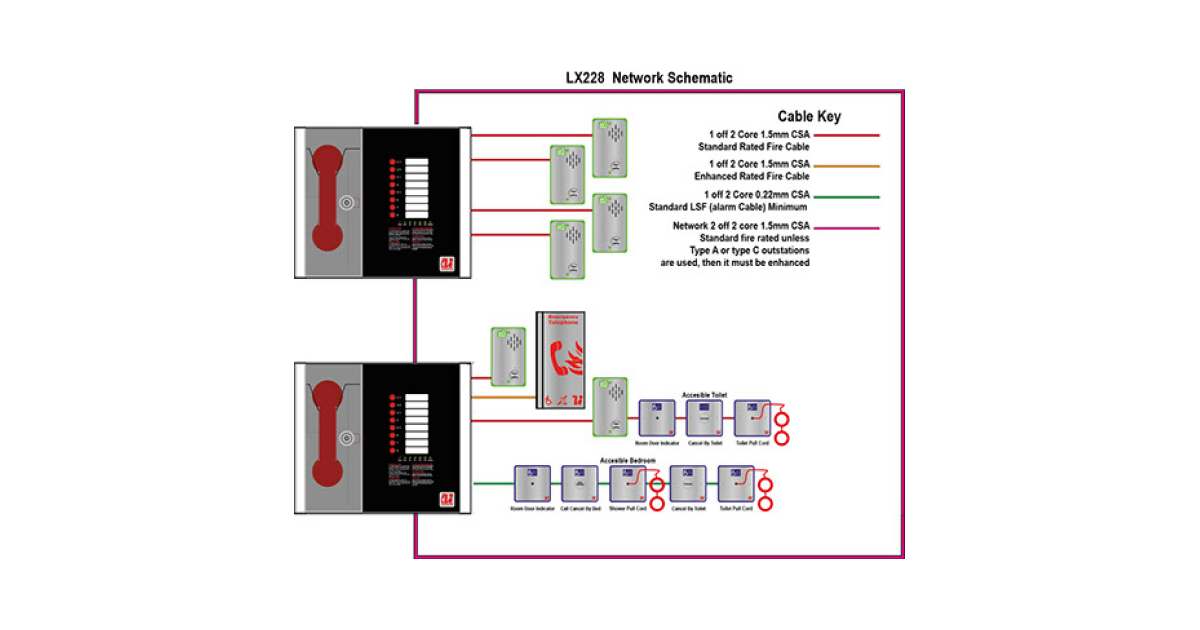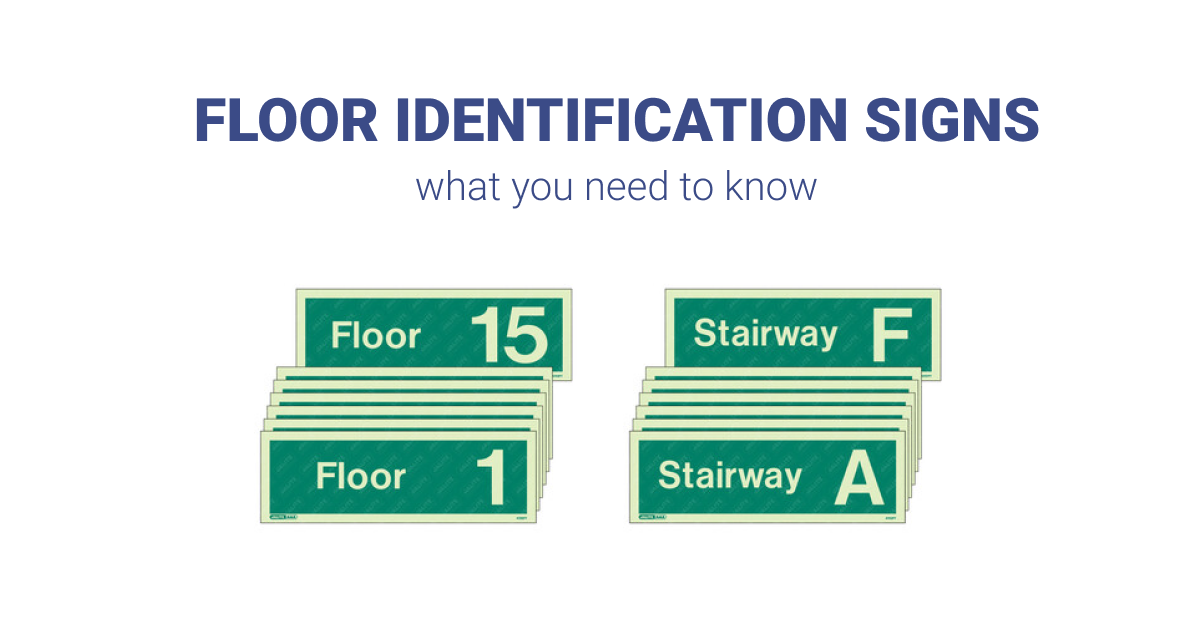
It seems to be quite a regular occurrence that we have to spend time in familiarisation with some amended or updated guidance document. Of course this is essential, but it leaves us all with the problem of somehow finding out about all the changes taking place. This is a major problem for most of us as there are myriads of application standards and other essential inter-related documents.
Fire detection in flats and apartments is an area of work commonly carried out by electrical installers but are we all aware exactly what standards and legislation applies? This is covered in detail within the recently updated ‘Code of Practice’ standard: BS5839 Part 6 2013.
What exactly is BS5839?
BS5839 Part 6 2013 is the ‘Fire detection and alarm systems for buildings – Code of Practice for design, installation, commissioning and maintenance of fire detection and fire alarm systems in domestic premises’.
This supersedes the previously issued BS5839 Part 6 2004 and is the primary document detailing the required standards of design, installation, commissioning and maintenance for a Fire Detection & Alarm System within domestic premises in the United Kingdom.
This standard categorises systems into Grades from A to F. This ranges from Grade F – ‘one or more battery-powered smoke or heat alarms’, through ‘main-powered & interlinked smoke alarms’ up to Grade A – advanced systems including central ‘Control and Indicating Equipment’ (i.e., control panel).
Generally, this standard relates to domestic premises only and does not cover any communal areas of a building (i.e., in an apartment block) which would normally be covered under BS5839 Part 1. Some overlap does occur, and it is not uncommon for a fire system in the communal area to be extended into each apartment to provide some or all of the protection required by BS5839 Part 6.
Like BS5839 Part 1, Part 6 is often quoted as being a set of guidelines that should largely be adhered to where possible. However, the introduction of the Regulatory Reform (Fire Safety) Order has significantly changed the scene by effectively making the relevant standard into a minimum legal requirement; i.e. partial compliance is no longer good enough.
Further guidance is available from www.local.gov.uk in the document entitled ‘Fire safety in purpose built blocks of flats’ and from www.planningportal.gov.uk in ‘Approved Document B’
What are the key changes?
This recent update is termed a ‘Technical Update’ as it is has not been subject to more comprehensive re-write, but it does include some important differences. In order to help identify any key changes we have studied the detail of both the new and the superseded documents as follows:
- The scope of the standard has now changed to include Sheltered Housing Premises and as a consequence of this the previously used wording of ‘dwelling’ has been largely replaced by ‘premises’.
- In a similar manner to the way that BS5839 Part 1 recommends that Care Homes should use addressable fire detection systems to give accurate and unambiguous information regarding the source of a fire, Part 6 recommends that addressable systems should be used in Sheltered Housing. Also, for Sheltered Housing premises, fire signalling systems using a social alarm system must not be delayed by any other signals.
- Some category recommendations have been upgraded, i.e., a four storey house should now have a Grade A system instead of Grade B.
- It is no longer satisfactory to cover the principle habitable rooms of new premises with heat detection: smoke detection should be utilised.
- Loft spaces may require detection due to increased risk from plant equipment.
- Electrical power supply requirements for systems are detailed for Housing in Multiple Occupation premises.
- Advice is given for those with hearing impairments who may require additional forms of warning.
How does this affect a system installer?
Basically, in order to be deemed competent to work on a fire system you should:
- Obtain a copy of the standard and familiarise yourself with it.
- Attend regular training to ensure that your understanding is relevant and to help in demonstrating competence.
- Fully comply with the standard at all times; ensure clear documentation of any variation or non-compliance.
Discount Fire Supplies is an established online wholesaler of fire alarm systems, cigarette smoke detectors and emergency lighting. We have an extensive product catalogue which continually expands to include the very best products on the market for fire alarm companies.
For more information please feel free to get in touch either by email to [email protected], by telephone on 01792 452 700 or by using the live help facility at the bottom of your screen.










